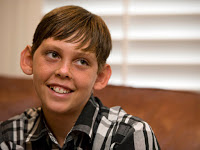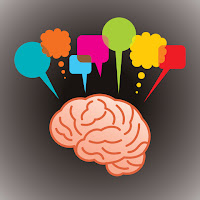Affective Education for Children and Teens on the Autism Spectrum

A major part of emotional development in “typical” (i.e., non-autistic) kids and teens is how they recognize, label, and control the expression of their feelings in ways that generally are consistent with social norms (i.e., emotional control). Self-regulation of feelings includes recognition and description of feelings. Once a youngster can articulate an emotion, the articulation already has a somewhat regulatory effect. Typical kids are able to use various strategies to self-regulate as they develop and mature. They begin learning at a young age to control certain negative feelings when in the presence of grown-ups, but not to control them as much around friends. By about age 4, they begin to learn how to alter how they express feelings to suit what they feel others expect them to express. By about age 7 to 11 years, “typical” kids are better able to regulate their feelings and to use a variety of self-regulation skills. They have likely developed expectations concern

